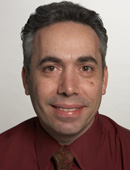Biography
Research Topics
Biodefense, Cell Biology, Cellular Immunity, Immunology, Infectious Disease, Membranes, Microarray, Protein Complexes, Protein Degradation, Protein Folding, Viruses and Virology
Biodefense, Cell Biology, Cellular Immunity, Immunology, Infectious Disease, Membranes, Microarray, Protein Complexes, Protein Degradation, Protein Folding, Viruses and Virology
Multi-Disciplinary Training Area
Immunology [IMM], Microbiology [MIC]
Immunology [IMM], Microbiology [MIC]
